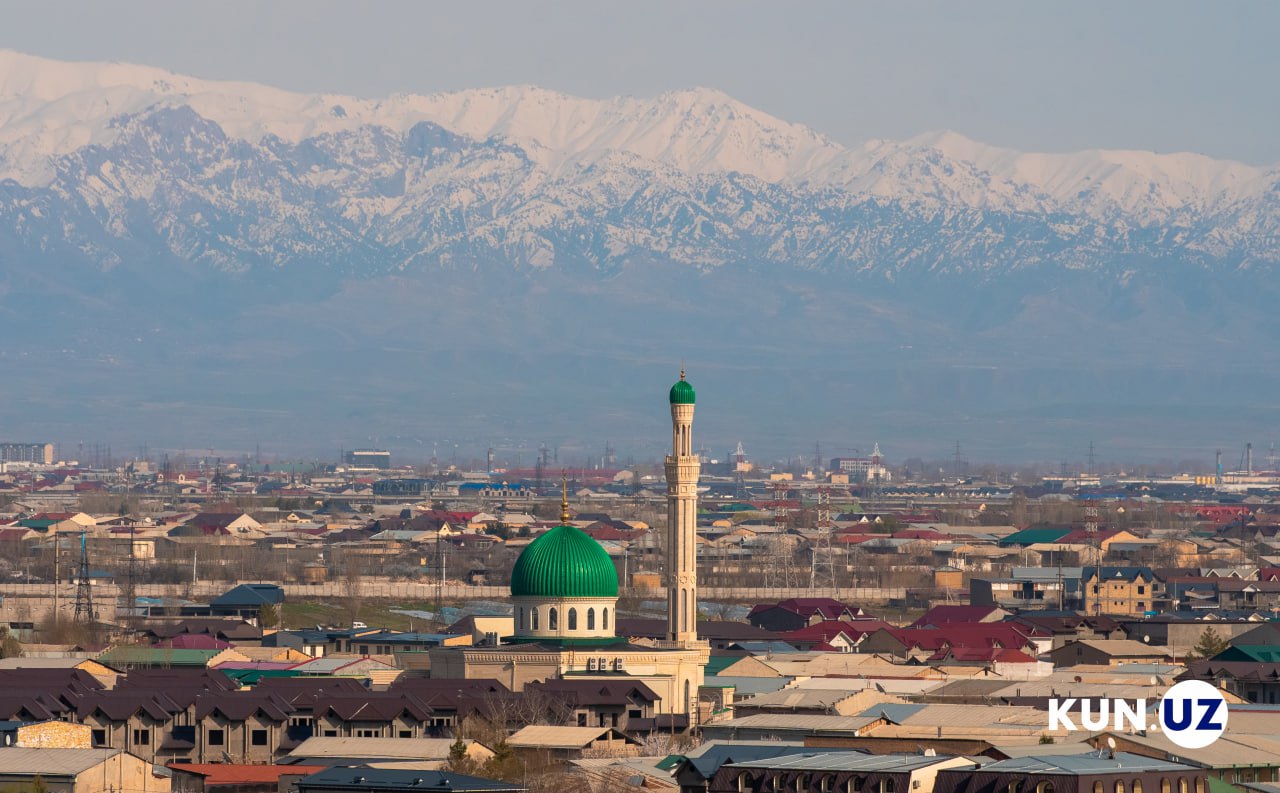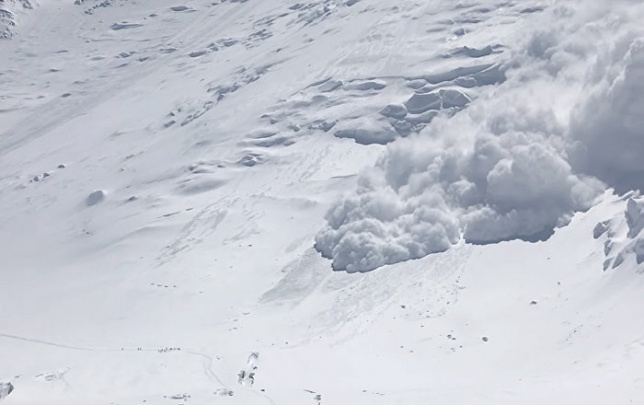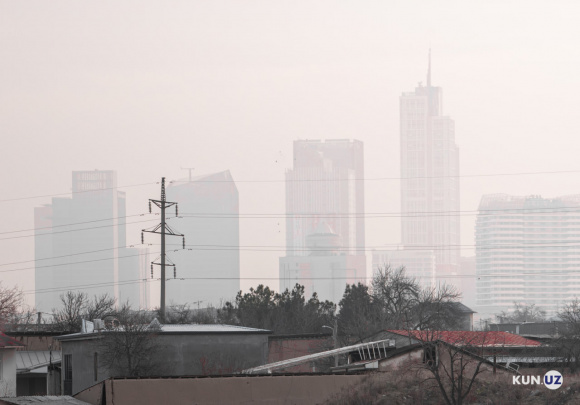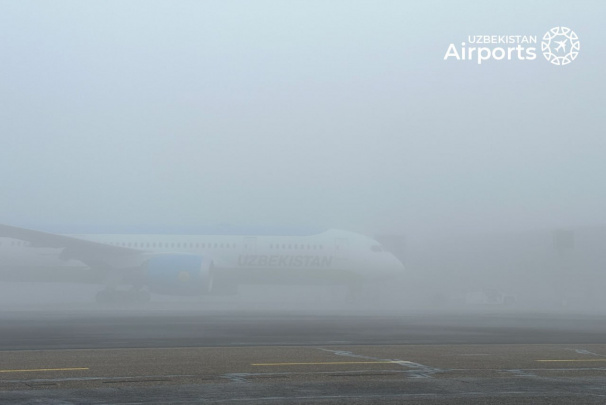Uzbekistan records warmest January in its history
Uzbekistan has experienced the warmest January in its history, with unusual temperature highs persisting almost throughout the month.

Фото: Kun.uz
According to Uzhydromet, average temperatures in January surpassed the climatic norm by 3-4 degrees, and in the north by 1-2 degrees.
The warmest days saw the temperature rise to 15-18 degrees, and even higher in the south, to 19-22 degrees. In the north, temperatures reached a cozy 10-12 degrees. These figures are comparable to the highest ever recorded in January of 2002, 2007, and 2021, where the south registered balmy highs of 24-27 degrees, and the north a moderate 13-16 degrees.
A stark contrast was observed during the second ten days of the month, as a cold Arctic front brought temperatures down to -17 to -22 degrees at night, with some areas in the Republic of Karakalpakstan, Tashkent, Samarkand, Syrdarya, Jizzakh, and Andijon dropping even further to -25 to -29 degrees.
Precipitation throughout the republic was markedly irregular, with the regions of the Fergana Valley receiving half the usual amount, while Khorezm and Bukhara saw a surplus of up to 200% above the norm.
In Uzbekistan's flatlands, precipitation frequently fell mixed, and stable snow cover failed to form. Snow depth seldom exceeded 5-7 centimeters, lasting only one to three days at most. In the south and the flatlands of the Fergana Valley, snow cover was almost non-existent.
The longest-lasting snow cover, enduring for 15-20 days and reaching thicknesses of up to 10-12 centimeters, was recorded in the northern parts of the Republic of Karakalpakstan, certain areas of Khorezm, and the desert regions of Navoi.
Mountainous areas, however, retained their snow cover throughout the month. By the end of January, snow depths in the mountains of Tashkent, Kashkadarya, and Namangan reached 40-80 centimeters, with high altitudes accumulating impressive levels of 100-120 centimeters, aligning with multi-year averages and the previous year's data.
Related News

15:08 / 15.01.2026
Uzhydromet warns of avalanche risk in mountain areas of six regions

13:27 / 14.01.2026
Weather conditions may push air pollution indicators higher in Uzbekistan

14:19 / 08.01.2026
Adverse weather forces several flights to divert to alternate airports

21:41 / 07.01.2026



